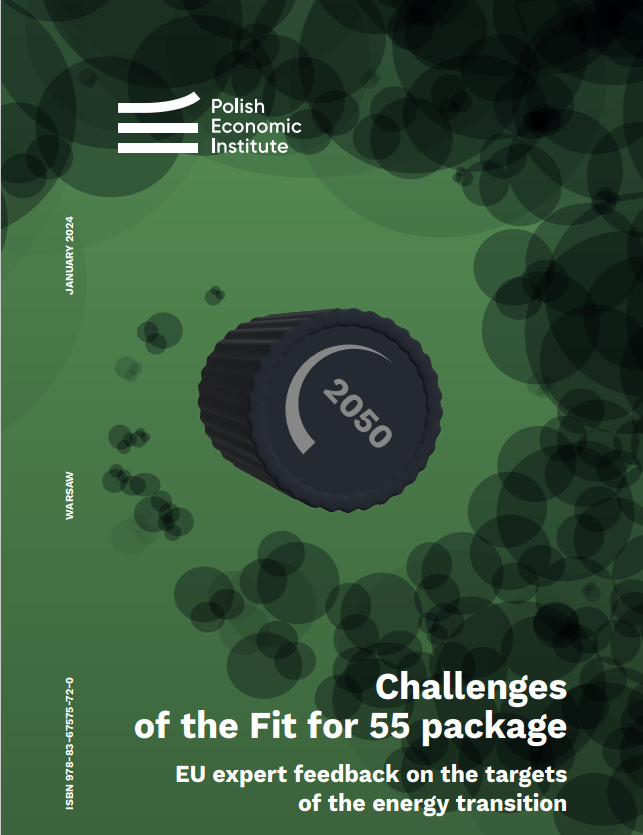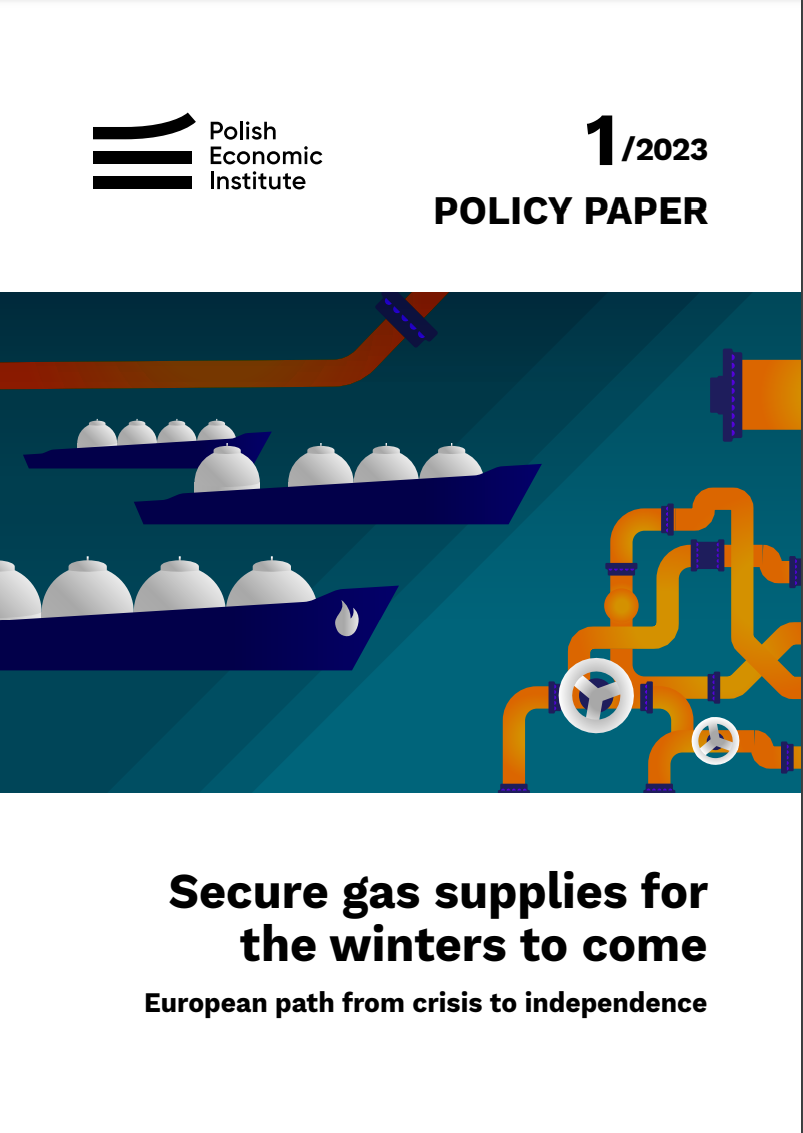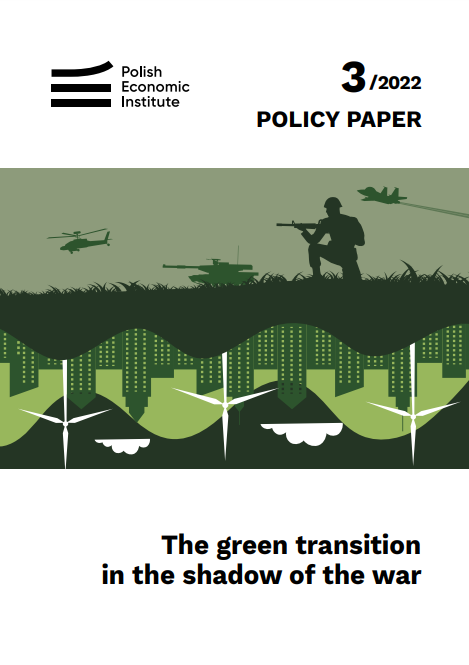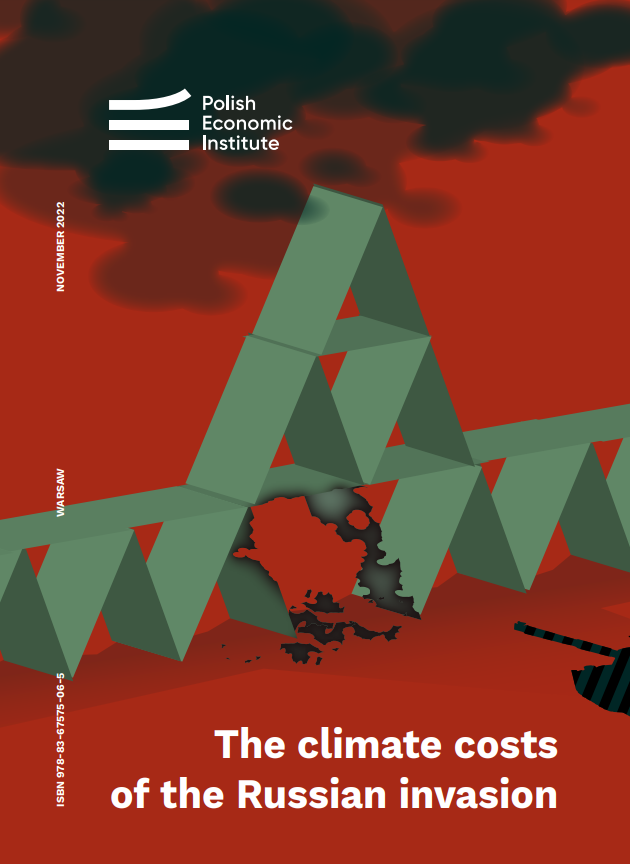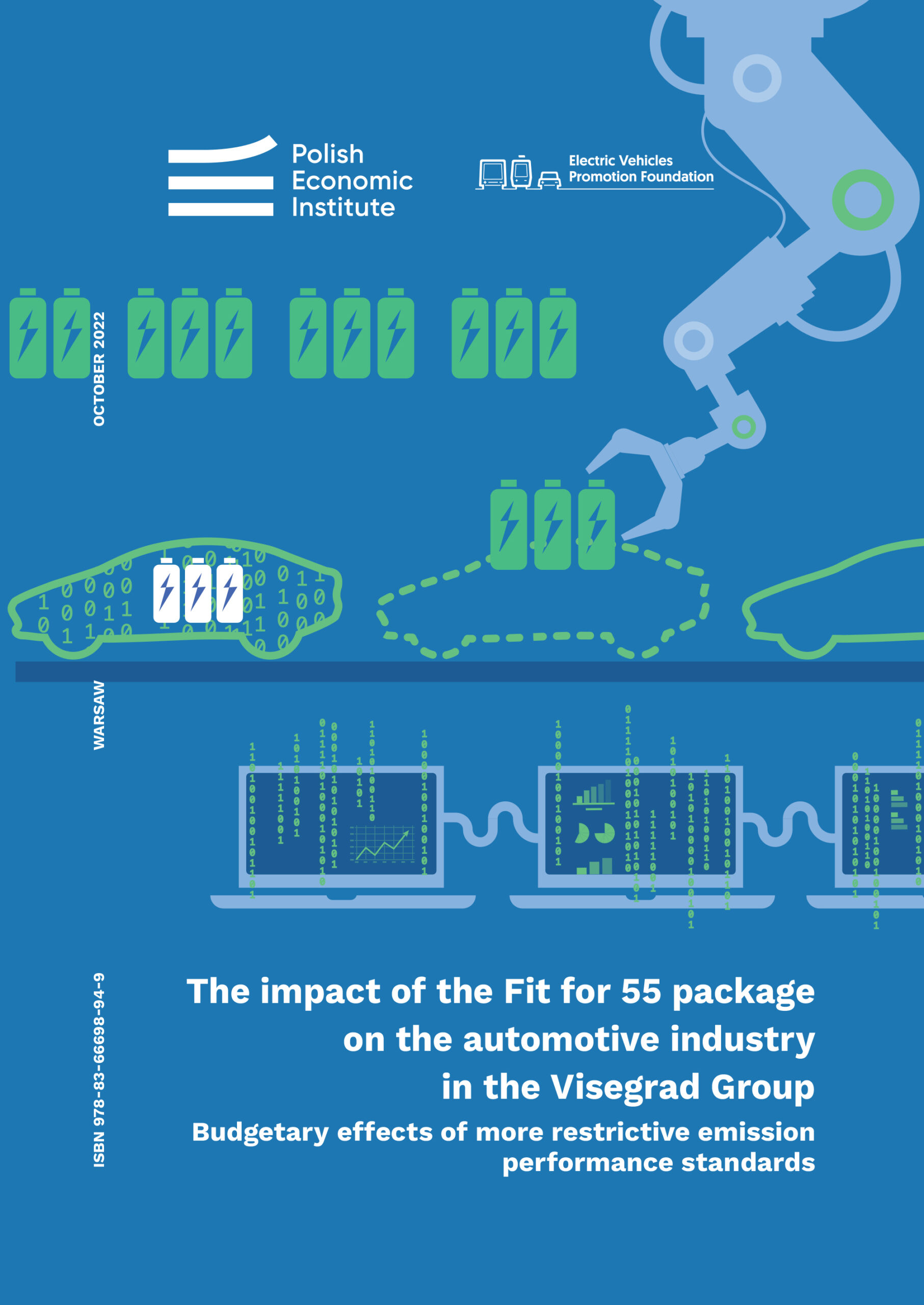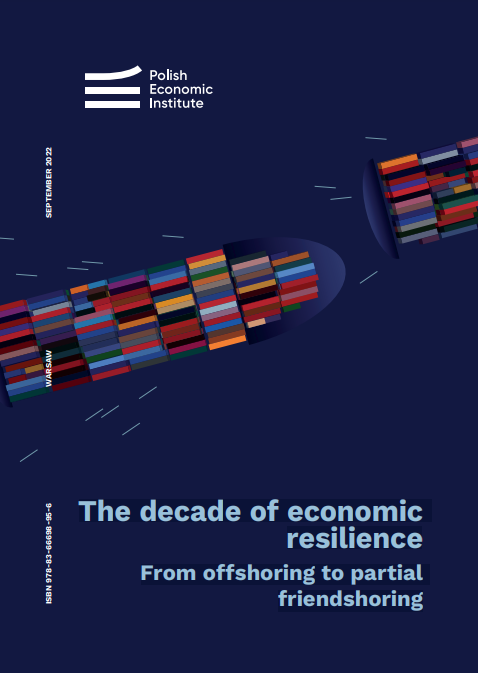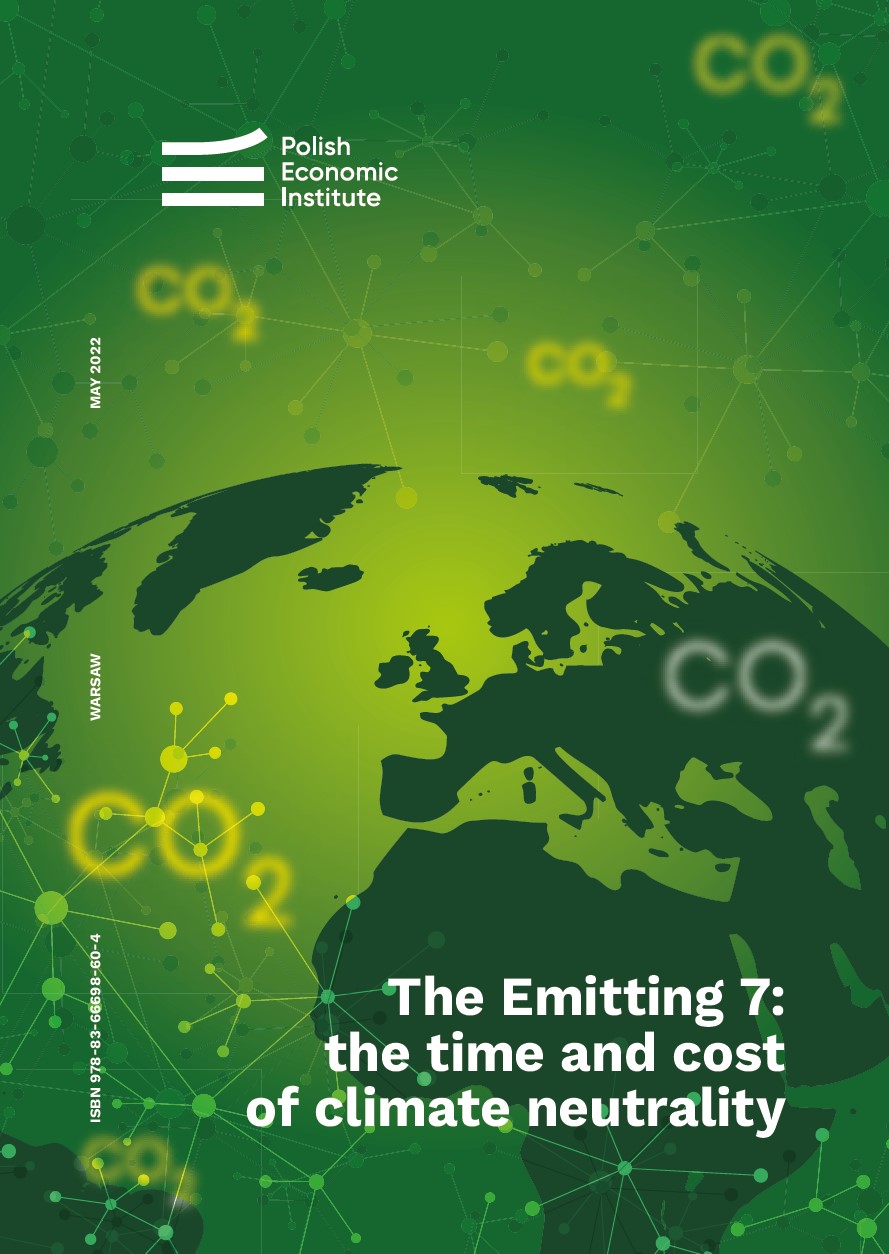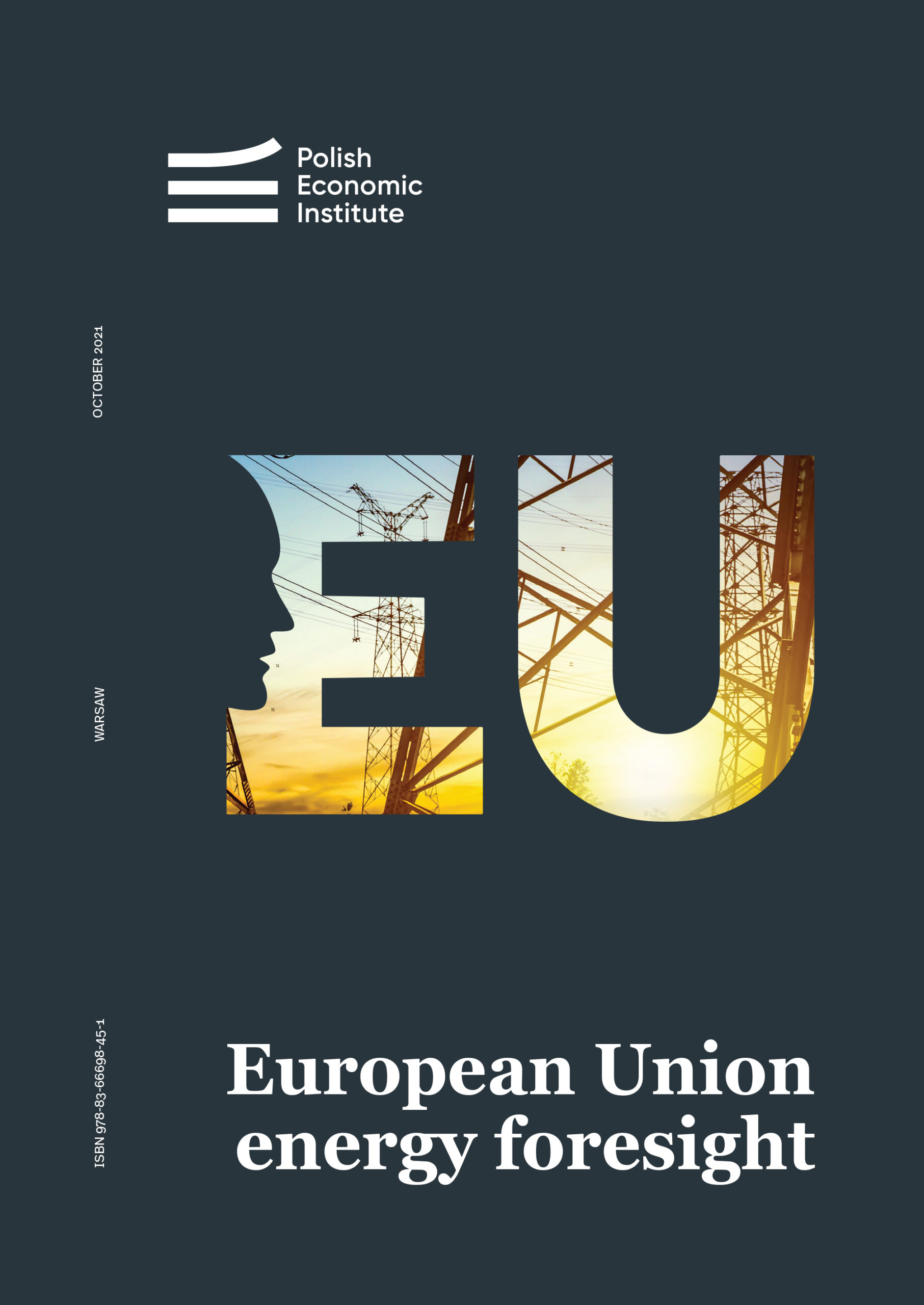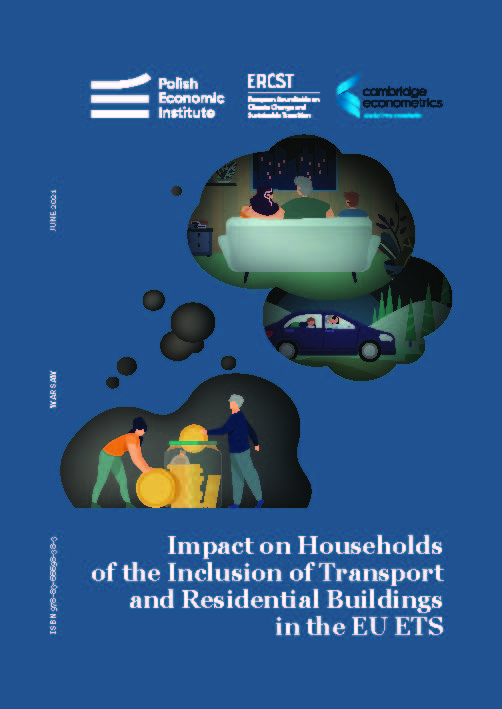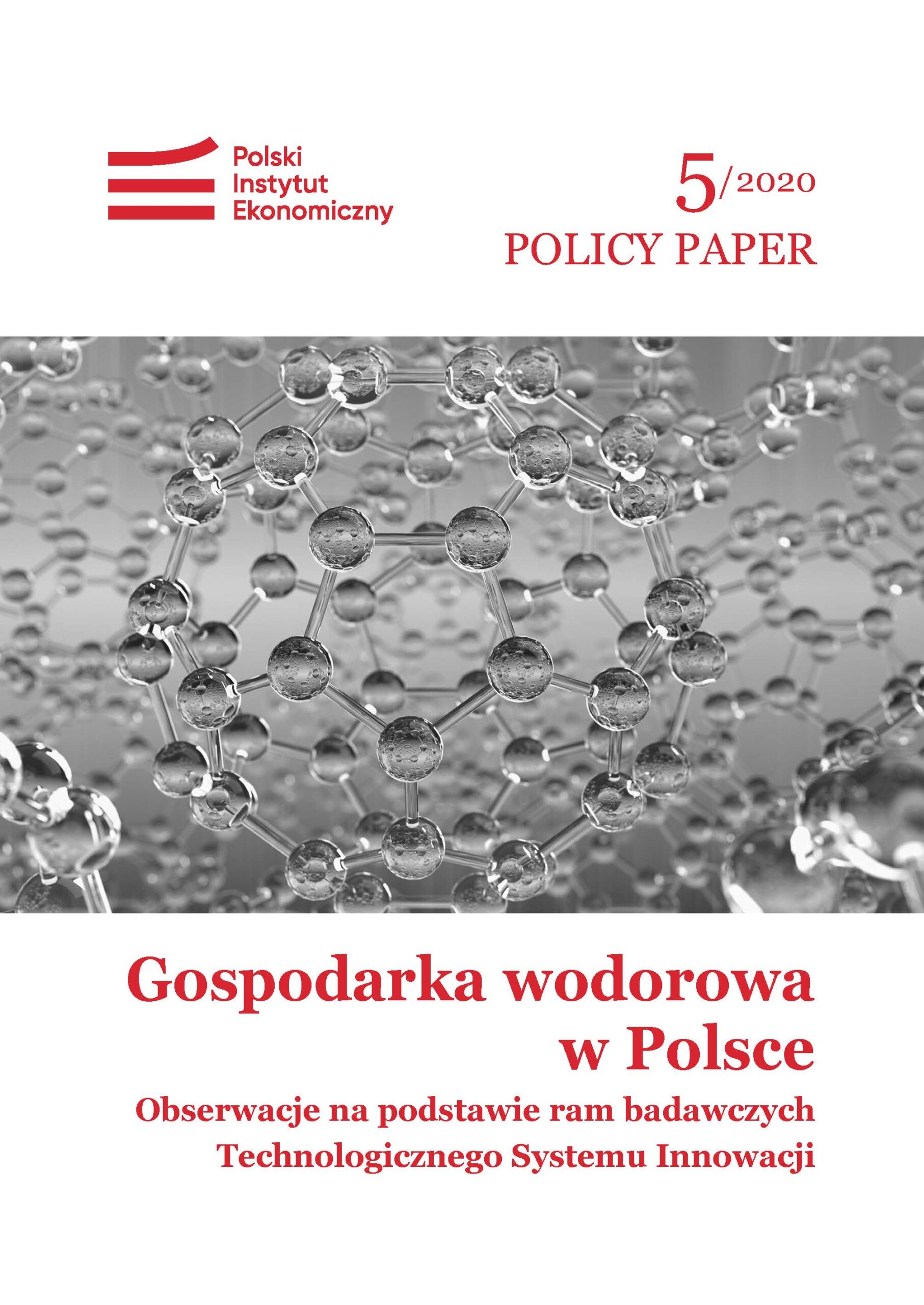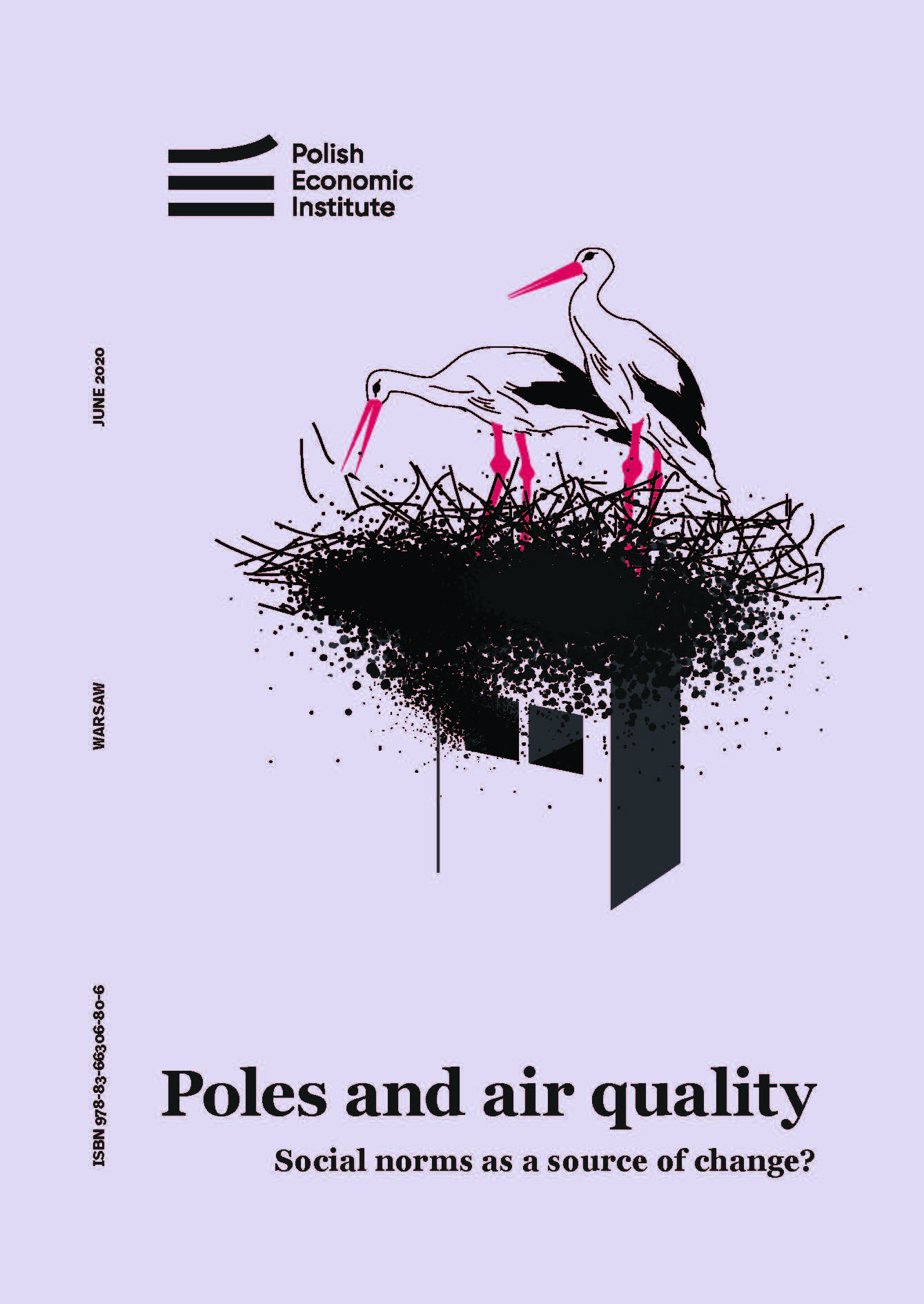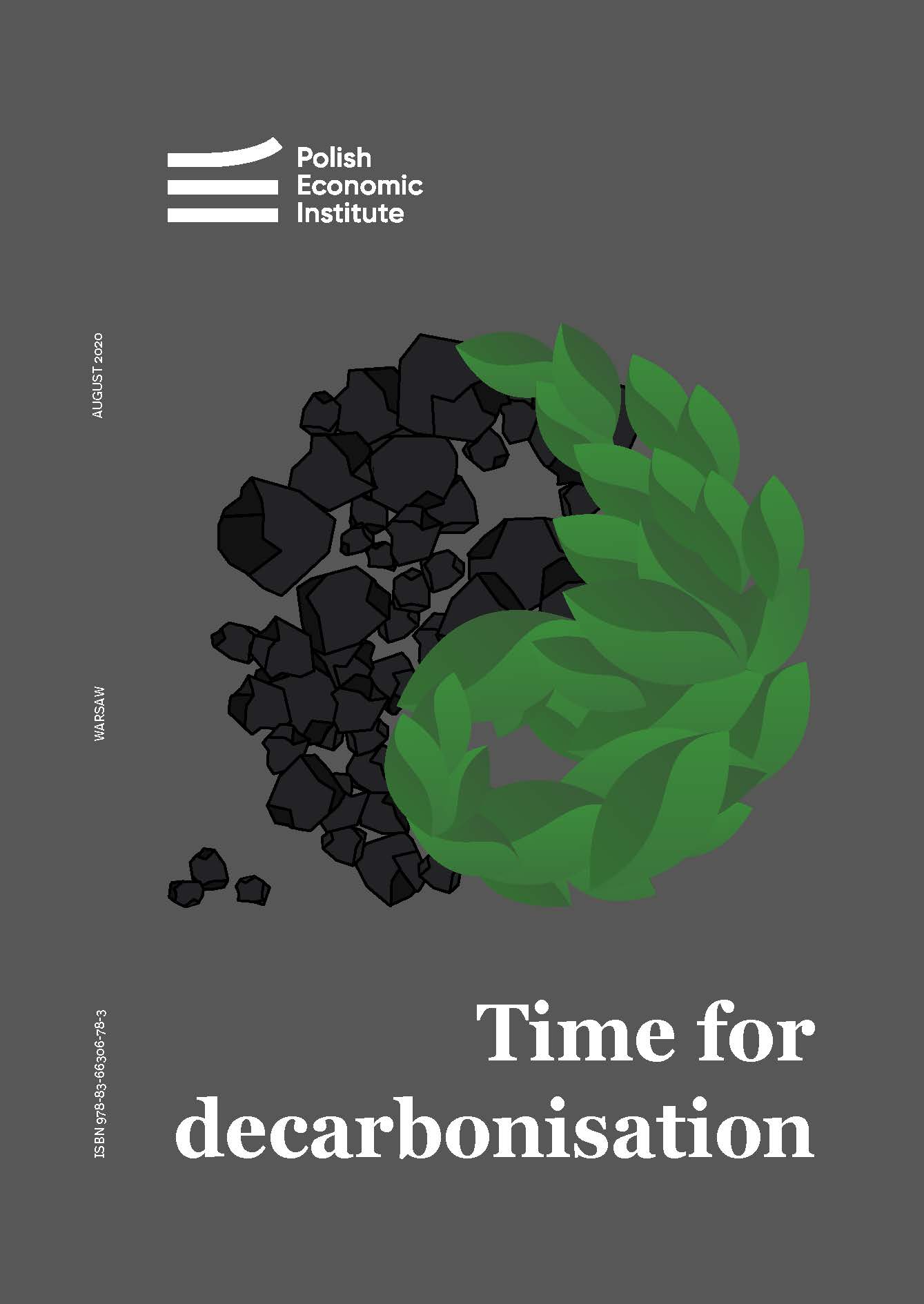The Polish Economic Institute analysed the predictions of energy sector experts from 23 EU Member States about meeting the targets of EU climate and energy policy. The least concern is the ban on the sale of combustion passenger cars before 2035 - more than 70 % of those surveyed believe this is achievable. At the same time, only 44 % of the experts surveyed believe that the EU will have achieved climate neutrality by 2050. The biggest doubt is about meeting the target for the share of RES in the EU's energy mix in 2030 - 56 % of them believed that it would not be possible to meet this target by that date. Fewer than one in three experts (29 %) from Central Europe were confident that their country would meet the CO2 reduction targets set out in the Effort Sharing Regulation (ESR). The most controversial topics the European experts disagree on are the electrification of district heating and the future of nuclear power. These are the main conclusions of the Polish Economic Institute's report entitled "Challenges of the Fit For 55 package: EU expert feedback on the targets of the energy transition."
Russia’s invasion of Ukraine in 2022 has forced countries in the European Union to end their dependence on Russian gas. Although EU imports of gas (including LNG) increased by 37% in 2014-2021, after the invasion daily flows of Russian gas through pipelines to the EU fell sixfold within a year. Of the main gas markets in the EU, Poland — which was historically the most dependent on Russian supplies — managed to reduce its dependence on Russian imports to the greatest extent. Between 2014 and 2021, it reduced gas imports from Russia by 14% and, in Q1 2023, ended them completely. In its report Secure gas supplies for the winters to come. The European path from crisis to independence, the Polish Economic Institute analyses EU countries’ efforts to end their dependence on Russia and increase their energy security.
As late as 2020, 44 per cent of coal, 45 per cent of natural gas and 25 per cent oil imported to the EU came from Russia. In the energy transition vision adopted by the European Union in the Fit for 55 package, natural gas was meant to serve as a transition fuel. After Russia’s aggression against Ukraine and sharp increases in the prices of all energy raw materials, the model needed to be changed. In May 2022, the European Commission published the REPowerEU plan, assuming the diversification of gas supplies, increased energy production from RES and the development of the hydrogen and biofuel markets. At the same time, the European Commission estimates that the departure from Russian fuels will provide savings of around EUR 100 billion per year. In its policy paper entitled ‘The green transition in the shadow of the war’, the Polish Economic Institute prepared four potential scenarios of the impact of the war in Ukraine and the resulting energy crisis on the European Union’s climate policy, including the future development of the Fit for 55 package.
As calculated by the Polish Economic Institute, the climate cost of Russia’s invasion of Ukraine in the moderate emissions scenario will be 212.7 million tonnes of CO2 equivalent. This is as much as 6 per cent of the equivalent of all the EU’s greenhouse gas emissions in 2022 and 80 per cent of Poland’s annual direct CO2-eq emissions. In the same scenario, the potential climate cost of the invasion could be EUR 16.6 billion. Ukraine’s green recovery could enable as much as 115 million tonnes of CO2 emissions to be avoided and reduce the war’s climate costs by EUR 8.9 billion. A green recovery will also be necessary due to the fact that as much as 4000 MW of renewable energy sources, or 24 per cent of Ukraine’s installed RES capacity, may have been destroyed and damaged – according to the PEI report entitled ‘The climate costs of the Russian invasion’.
In 2019, Poland’s automotive production was EUR 45 billion, whereas the respective figure for the Visegrad Group exceeded a total of EUR 160 billion. Due to the planned legislative changes in the EU, the share in the Polish industry of the production of ICEV* parts to become unnecessary after the entry into force of a ban on the registration of internal combustion engine vehicles by 2035 will be 35 per cent; the expected loss of production value added in the traditional automotive sector in the V4 countries by 2035 can be EUR 22.8 billion, of which EUR 7.2 billion will be lost in Poland. However, the net balance of the automotive and battery production in the V4 countries by 2035 will be positive, at EUR 58.5 billion, whereas the respective figure for Poland will be EUR 16.9 billion. The development of battery production investments could increase the respective rates of GDP growth in the V4 countries and in Poland by 5.3 per cent and by as much as 2.6 per cent by 2035. Moreover, electric vehicle battery exports in the European Union will triple by 2030 – according to the PEI report entitled ‘The impact of the Fit for 55 package on the automotive industry in the Visegrad Group. Budgetary effects of more restrictive emission performance standards’.
Russia’s invasion of Ukraine has been accelerating changes in the existing model of the functioning of the world economy. Supply chain resilience is gaining in importance. The EU is facing a major challenge of reducing its dependence. At present, 76 per cent of oil and 68 per cent of gas imports in the EU are from non-OECD countries. Simultaneously, for as many as 11 of the 30 raw materials critical to the energy transition, the EU’s dependence on imports exceeds 85 per cent. More than 7 per cent of EU imports are products with a high degree of dependence on deliveries from outside the EU-27, including over 4 per cent among key manufacturing ecosystems such as electronics, energy and health. The EU is also twice as dependent as the US on demand in non-OECD countries. Therefore, changes in the current supply chain seem necessary – according to the Polish Economic Institute’s report entitled ‘The decade of economic resilience. From offshoring to partial friendshoring’.
The Emitting 7 (E7) – the world’s most polluting countries: China, the United States, the European Union, India, Russia, Japan and Brazil – account for almost 72% of global GDP and 66% of global emissions. To stay on course for the 1.5°C target, the E7 will need to spend USD 67 trillion by 2030, the equivalent of 7.6% of global GDP in 2019 and 10.6% of the E7’s GDP in 2019 per year. Failure to reach the target will be even costlier: 11–13.9% of global GDP could be lost per year if the temperature rises by 2–2.6°C. None of these economies will hit its climate goals during its target year. Based on their current trajectories, net-zero emissions will be achieved by the EU in 2056, by the US in 2060, by China in 2071 and by Russia as late as 2086 – according to the Polish Economic Institute’s report entitled The Emitting 7: The time and cost of climate neutrality, presented during the World Economic Forum in Davos.
The European Union will reduce CO2 emissions by 55 per cent compared to 1990, but no sooner than 2032. Due to accelerated decarbonisation, the first 10 countries will achieve climate neutrality by 2045.
The potential annual carbon costs per household in the EU27 is estimated at EUR 373 for transport and EUR 429 for residential buildings.
Poland has only just begun to build a hydrogen economy. According to research conducted by the Polish Economic Institute, 67 per cent of industry experts consider the current legislation to be a barrier to its development.
40 per cent of the Poles assess air quality in Poland to be poor or very poor. At the same time, 2 in 3 respondents are not aware that residential combustion stoves are the main source of air pollution in Poland.
Out of the 115 countries covered by the Energy Transition Index (ETI) 2019 prepared by the World Economic Forum (WEF), the EU Member State most advanced in energy transition towards a zero-carbon economy was Sweden, the leader in the ranking, whereas the poorest performer, ranked 77th, was Bulgaria.


